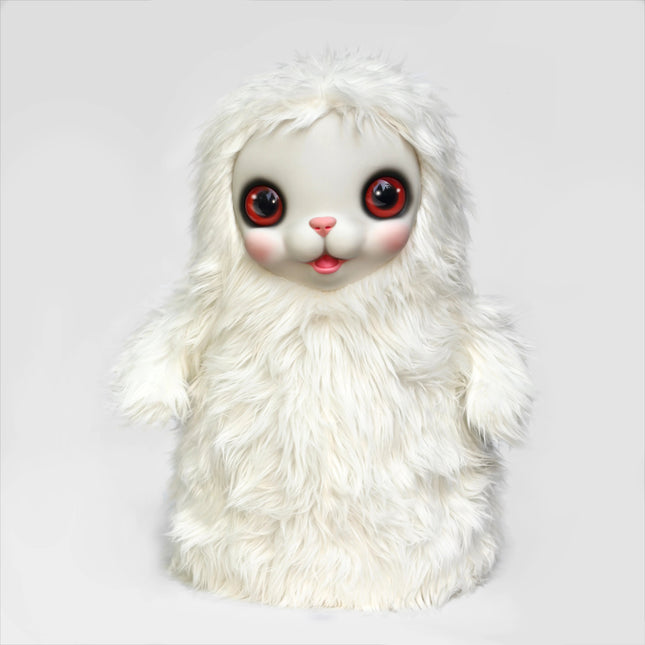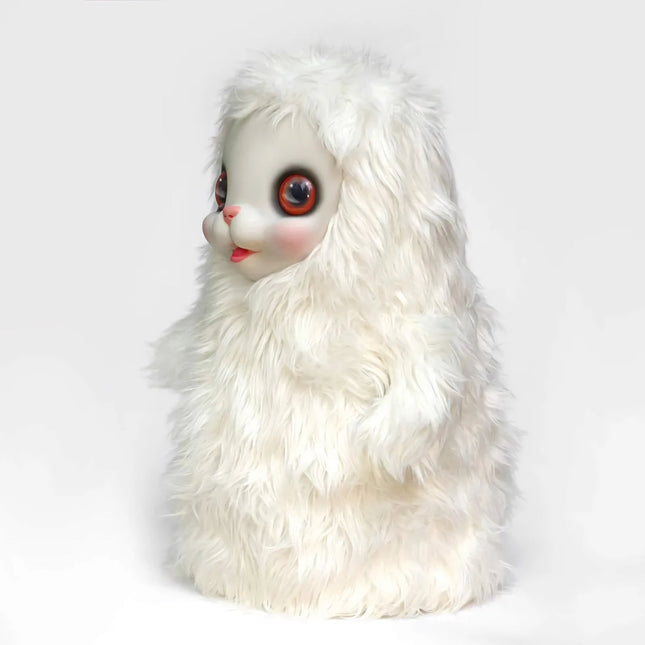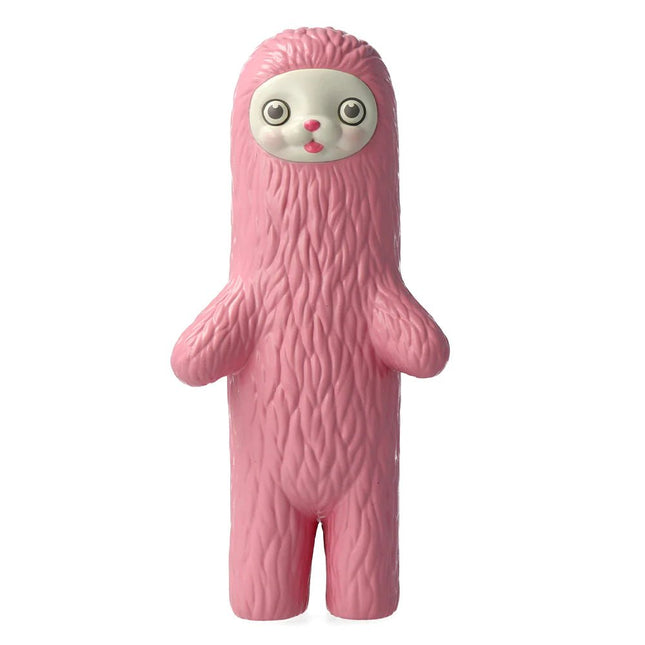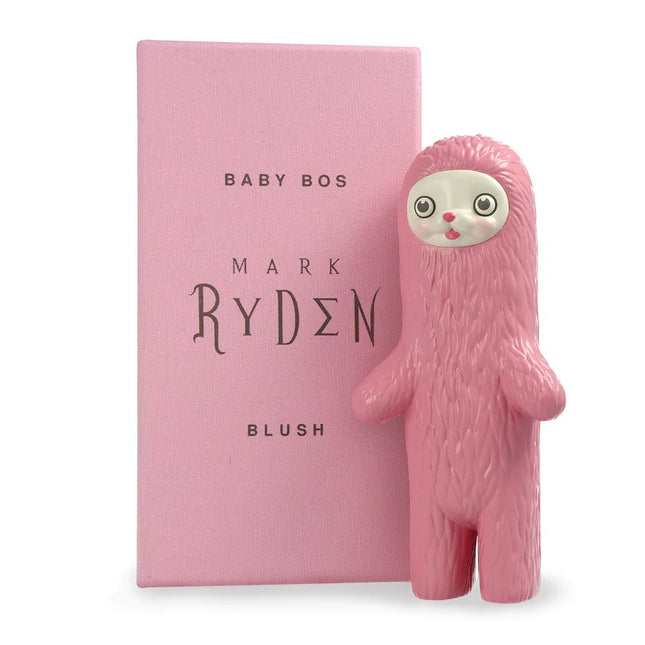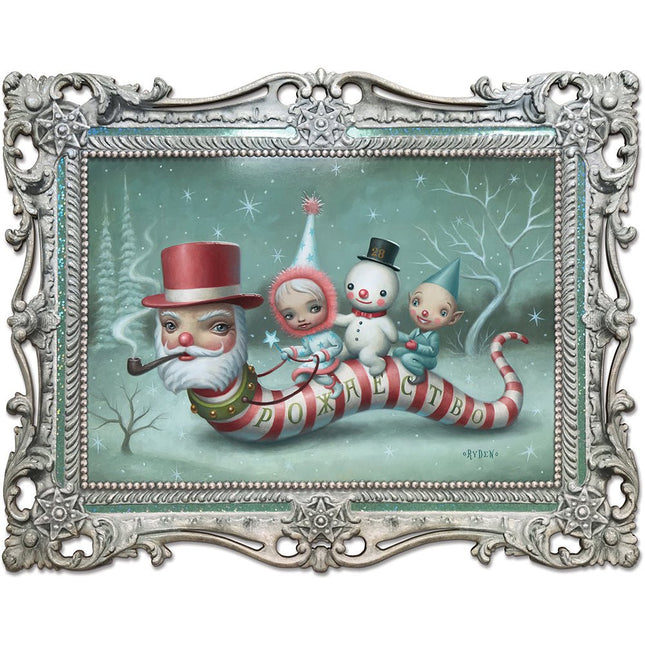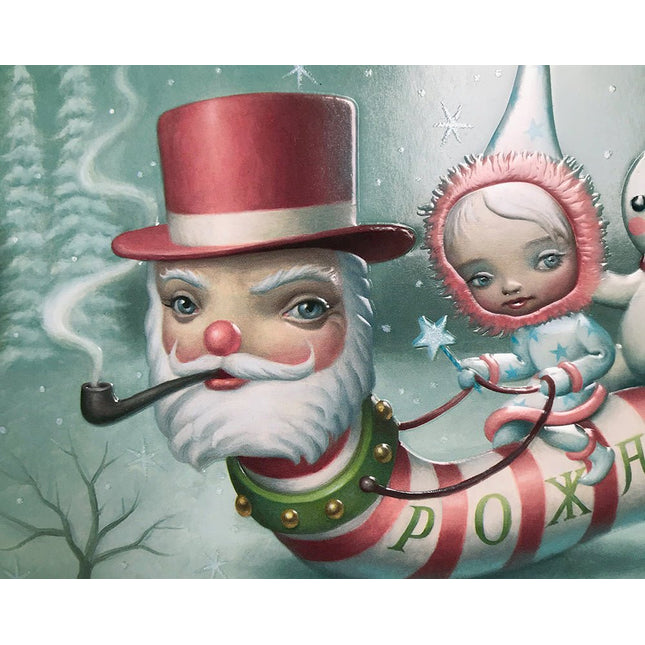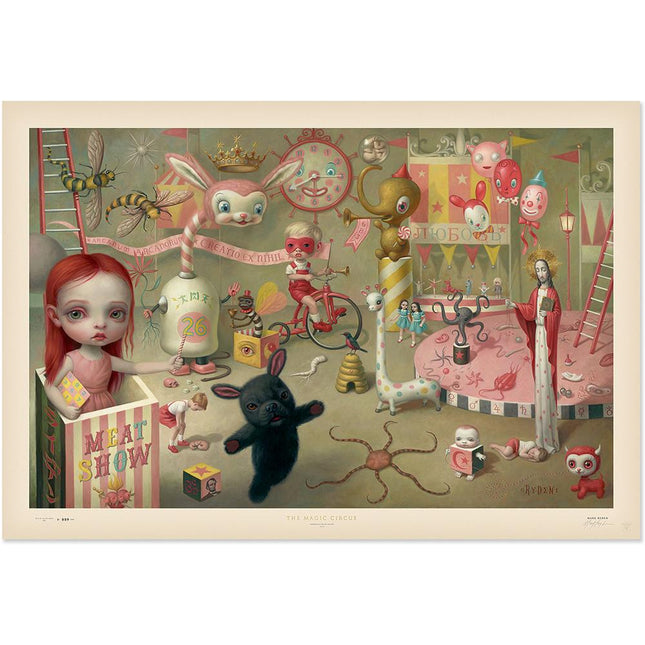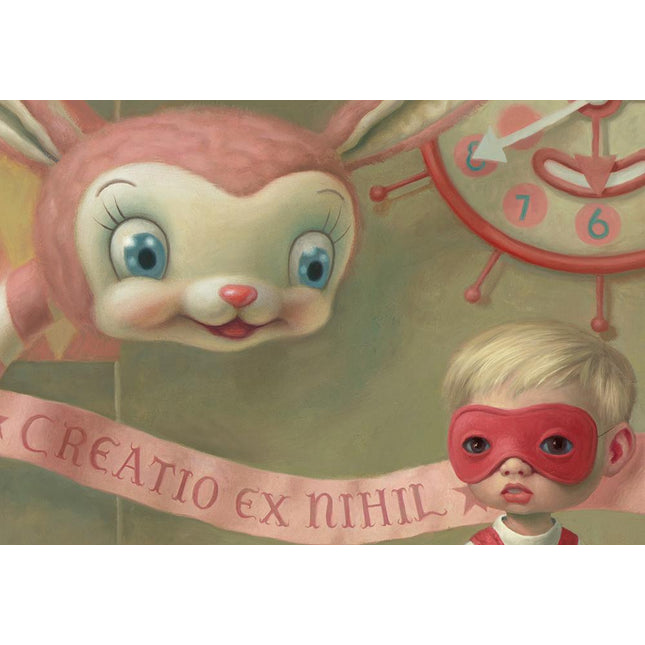Mark Ryden was born in Medford, Oregon, in 1963 but raised in California. There, in Pasadena, he studied art being given his BFA (Bachelor of Fine Arts) from the Art Center College of Design in 1987.
His first works were given in illustration, gaining a notable recognition during the 90s, when Ryden designed the album covers of some international bands such as Aerosmith (Love in an Elevator), Red Hot Chilli Peppers (One Hot Minute) or the utterly famous Dangerous by Michael Jackson. Thanks to these works, Ryden's art would get to Robert Williams, who would put the artist on the cover of the Juxtapoz magazine in 1994. Juxtapoz is devoted to "lowbrow art" (underground artistic movement originated in California during the 70s) and is the second best-selling magazine in the US.
Mark Ryden's first solo show took place in Pasadena in 1998, entitled "The Meat Show". As its own name states, the works shown had as the main element, the meat. On this exhibition, Ryden uses this resource to explore the contrary nature of the human being. The artist uses meat as the element of consumerism, without thinking that it previously belonged to a living being. Blood and butchery are inherent to the meat industry but it is something really unpleasant and something that the client just doesn't want to think about.
Mark Ryden's work is full with symbolic elements. Meat is one of them, but there are also many more: bees, bunnies, oversized heads or Abraham Lincoln. Some of these resources are used for their shape and aesthetics. For example, bunnies are associated with tenderness, but Ryden freezes their facial expressions transforming this cute animals into sinister figures. On the other hand, Ryden turns the figure of Abraham Lincoln into an icon in such a way that we forget about the person and the character. The same goes for Colonel Sanders (creator of the Kentucky Fried Chicken chain of restaurants). The fascination that the artist feels for these historical personages, self-made men, is reflected in his works in a recurrent way.
Back in the day, Mark Ryden's work was catalogued within the "Pop Surrealism" style. Ryden collects figures, objects and characters of today's culture and although his paintings seem to be really close to surrealism, the artist dismantles the definition of this style by deliberately choosing each of the elements involved in his works.

